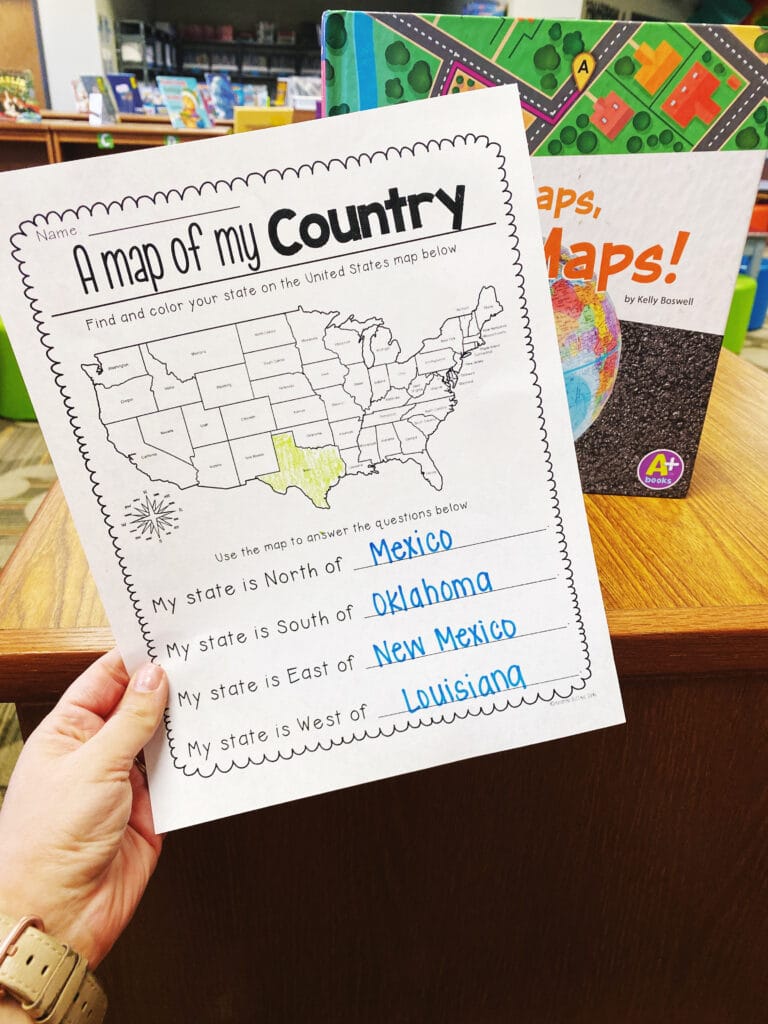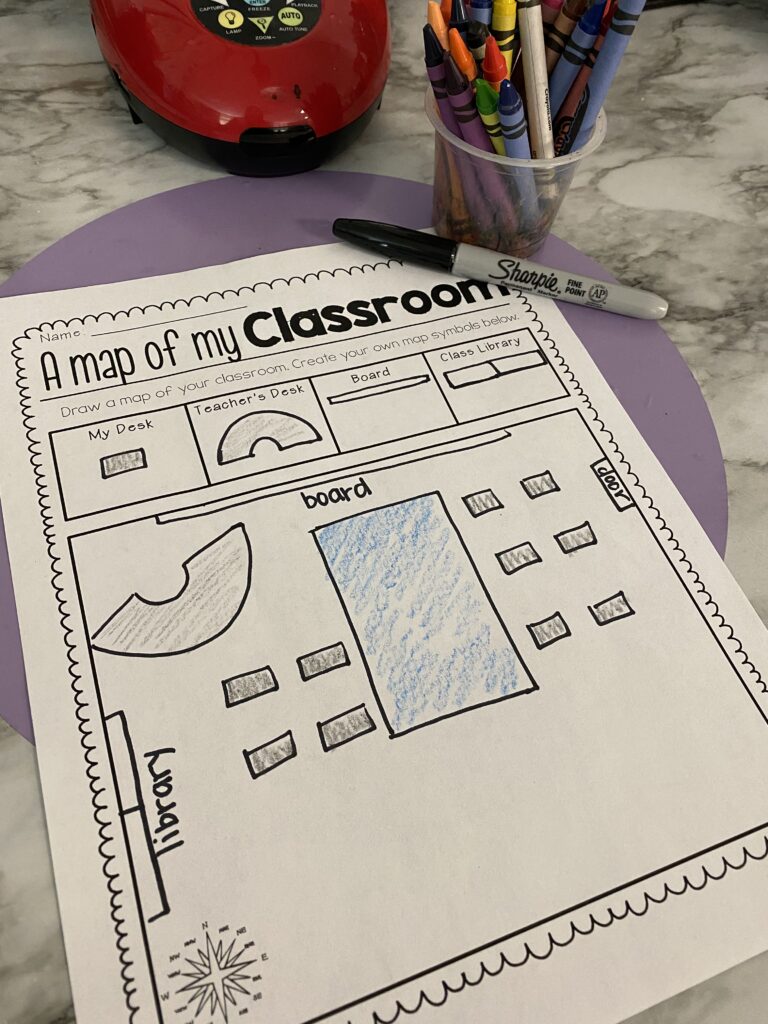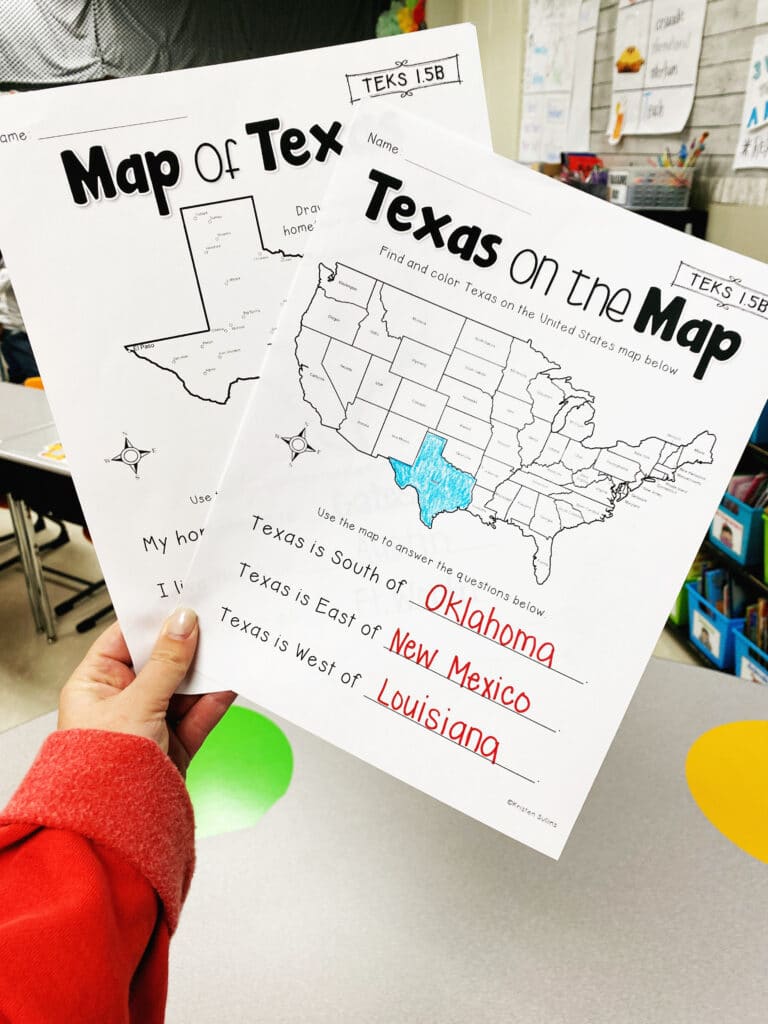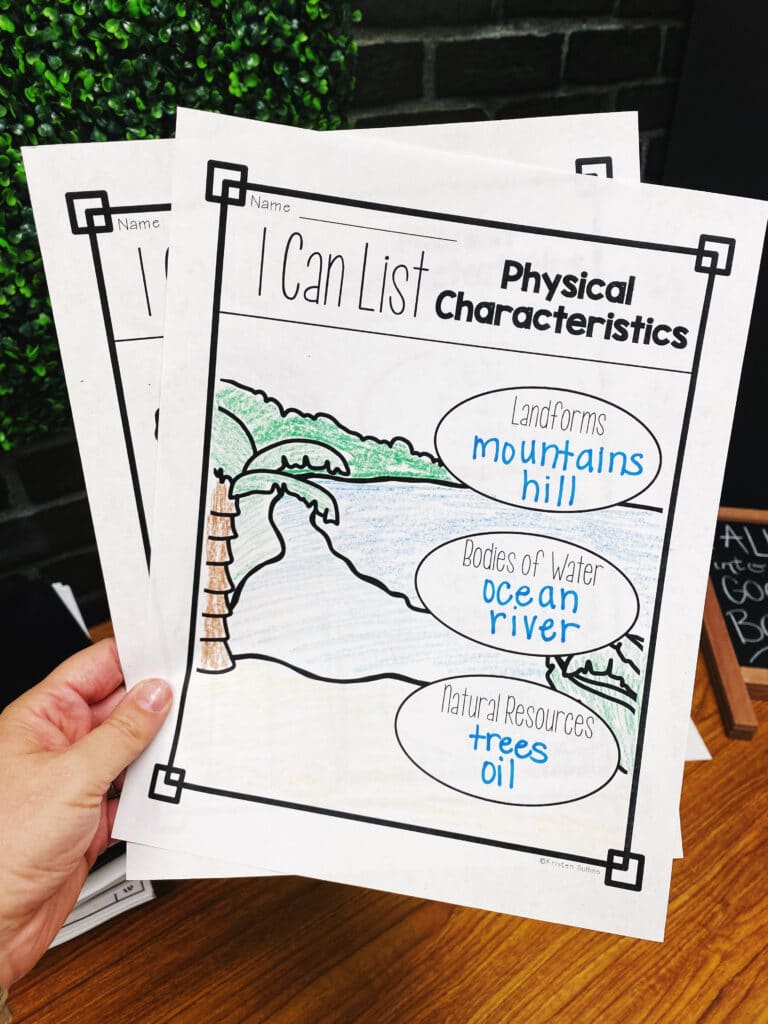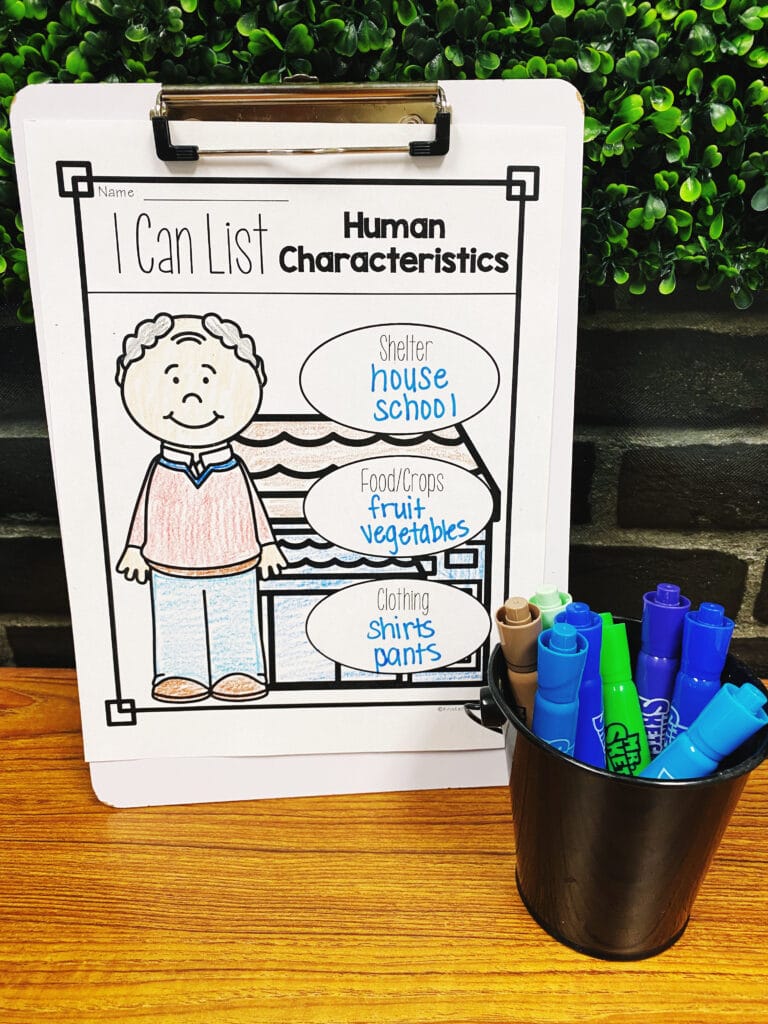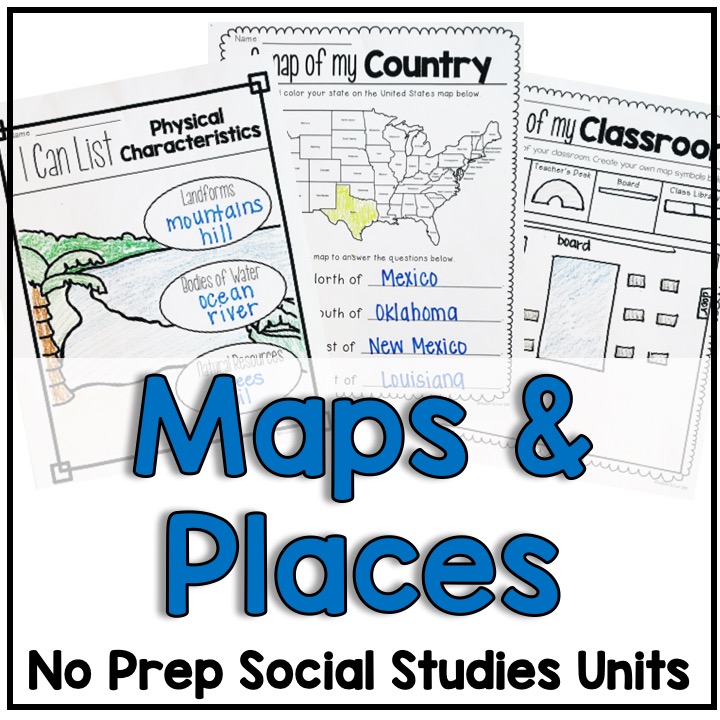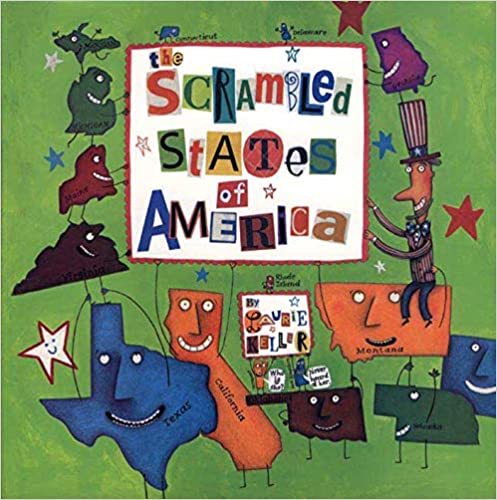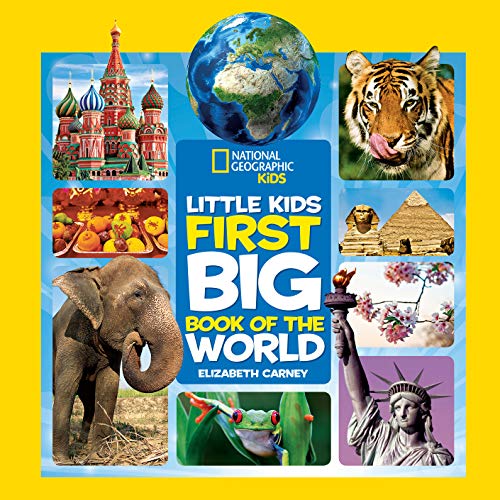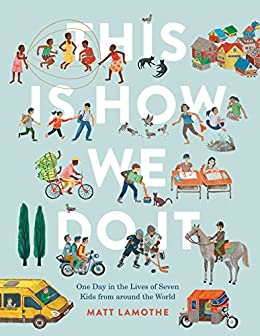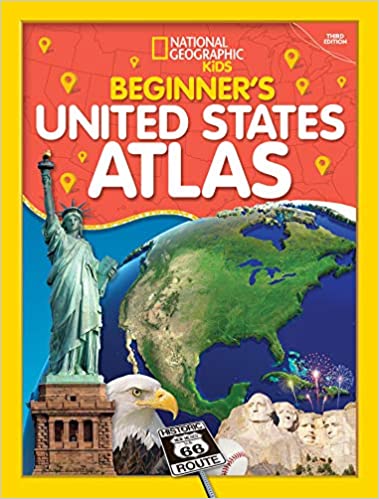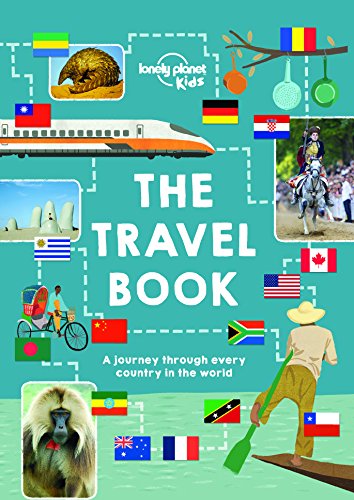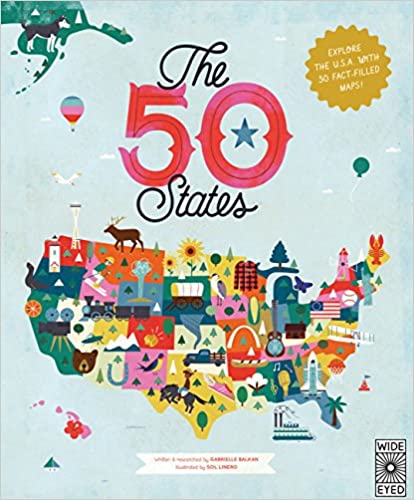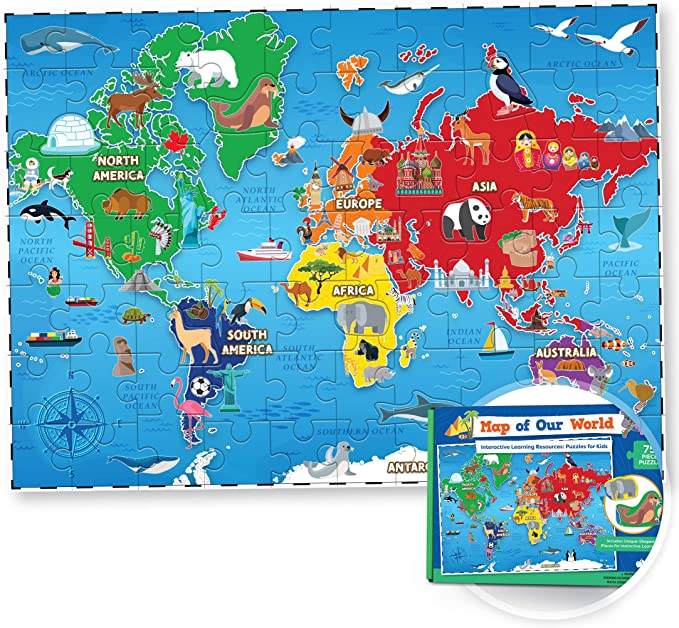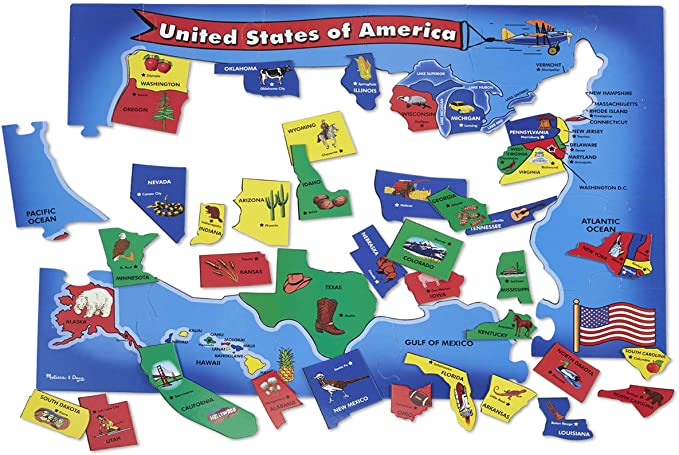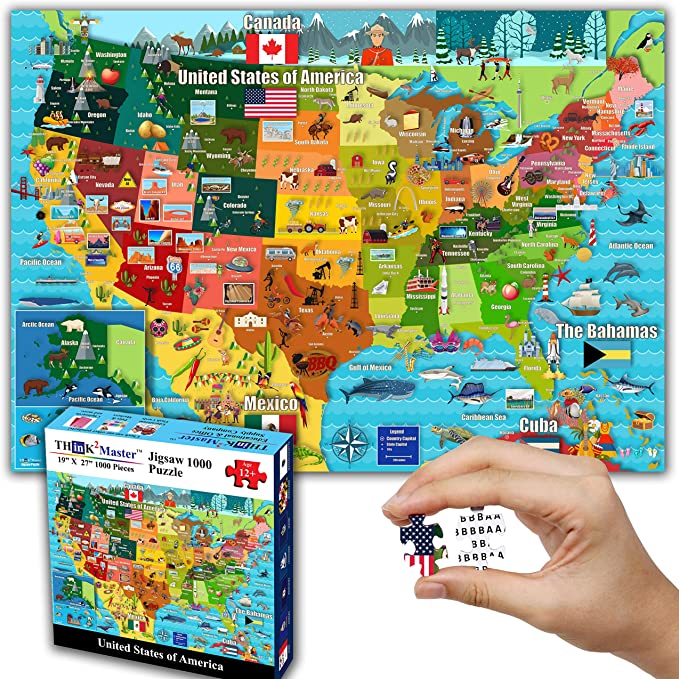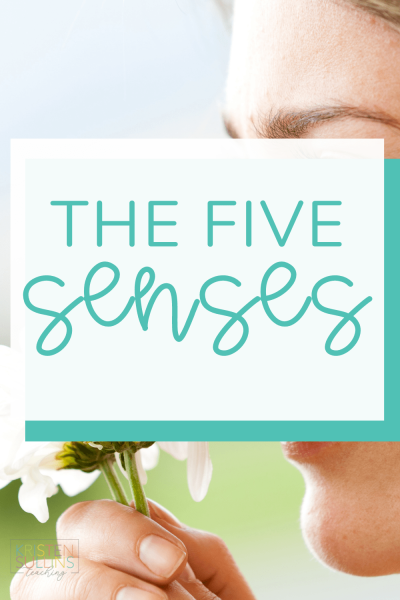Geography… in first grade… really? I know, geography seems a little too old for our firsties, but we are actually responsible for laying a lot of foundations for geography that they will use later in life!
This post will give you all the important details of what first graders should actually know about geography. And stay tuned for my favorite read aloud and picture books for geography!
Here’s what first grade students need to know about geography:
- Location of self to other locations
- Cardinal directions
- How to create simple maps
- How to locate community, state and nation on a map
- Difference in maps and globes
- Be able to identify physical characteristics of a location
- How geographic location influences humans

Spacial Terms and Cardinal Directions for First Grade
Did you know that first grade students should be able to describe their location using spatial terms? What? Are you wondering what spatial terms even are?
Spatial terms are easiest to teach to young learners using prepositions: behind, near, beside. These are easily demonstrated using objects in the classroom. Then you can go bigger and start describing your location in the school, the town, etc.
First grade students should also be able to identify and use the four cardinal directions:
North, East, South, West
We all remember the cute little phrases that we learned in school, Never Eat Soggy Waffles, and so on.
A super easy way to help students learn their cardinal directions is by labeling the directions in your classroom with N, E, S and W. You can reference these by saying check the anchor chart on the “North wall”.
Map Skills for First Grade
A really fun geography skill for first grade students is learning how to create and use simply maps such as a map of their home, classroom, school or community.
These maps can be as detailed or as simple as you want them to be. But you will be surprised how much help your first graders might need in making them. A lot of first grade students struggle with spatial reasoning and being able to see something and draw it on paper.
This is a great activity to do together once as a class, then you can put it in your writing station. Have students draw a map of something they are familiar with and then have them write about it afterwards.
This is a super easy way to go cross curricular between social studies and writing and save you some instructional time in your day!
Me on the Map Activities
I struggle with geography myself as an adult, so it’s no wonder why this next skill is perhaps the hardest geography skill for first grade: locating your community, state and county on a map and a globe.
My dad was my high school geography teacher. I frequently blame him for my lack of geography skills. But, it’s never too early to help our students understand where they are “on a map”.
I like to start small and go bigger. I like to pull up Google Maps when we start talking about “me on the map”. We find our current location at school. Then we zoom out and find our community. Then we zoom out and find our state. Then we zoom out and find our country.
I feel like this is such a good visual for students to see how small we really are in relation to the world around us.
And then just for fun, we reverse the process as we zoom back in. We go from world, to country, to state, to community and back to our school.
We continue the process while we are doing animal research because National Geographic Kids has excellent maps for showing animal locations.
You can read more detailed information and lessons about maps and globes here:
Maps and Globes for First Grade
This is also a great time to discuss the differences in a map and a globe. If you have a physical map and a globe, that’s the best way to show students the difference.
A map is typically a flat piece of paper, whereas a globe is a 3D model of the Earth.
You can talk about the functions of each.
A map is smaller and much easier to carry from place to place.
But a globe gives you a 3d view of the Earth as it actually is.
It’s important for students to understand that both a map and a globe are true representations of the Earth in manageable sizes to help people learn about and understand the world around them.
Physical Resources in Geography
Once we’ve wrapped up the concepts of maps and locations, we start talking about the physical aspects of geography. This may seem silly, students can easily describe what they see out in nature… right?
You might be surprised.
According to first grade standards in Texas, students should be able to not only identify, but also describe different types of landforms, bodies of water, Earth’s resources and weather.
Sounds simple right, but take a look at all of these different types of physical characteristics:
Landforms:
- Mountains
- Hills
- Plateaus
- Plains
- Valley
- Cave
- Volcano
- Island
- Canyon
- Glacier
Bodies of Water:
- Lake
- Ocean
- River
- Stream
- Bay
- Waterfall
- Creek
- Pond
- Wetland
Earth’s Resources:
- Air
- Gas
- Oil
- Rocks
- Minerals
Now having your students not only identify, but also describe all of these different types of landforms, bodies of water and Earth’s resources doesn’t sound so easy does it?
But, it doesn’t have to be difficult. This can be accomplished with an easy matching activity.
OR you can split students into partners or small groups and assign them a physical characteristic to draw and write a few sentences about. Then you can have students share with each other.
Another fun idea is called a “gallery walk”. Print out pictures of the physical characteristics and set them out or tape them to posters. Students walk around like a museum and write down:
- Things they know
- Things they notice
- Questions they have
Then you can review the posters together. This is one of my favorite ways to start a unit with my first graders! It’s a great way to gauge what students know and also to activate background knowledge.
Human Characteristics in Geography
Finally, the last piece of geography that a first-grade student should know is how geographic location influences the human characteristics of a place.
Most of our students have lived in the same place their entire life. For my students here in Texas, it’s hard to image a recess that six inches deep in snow. This last Christmas, it was 80 degrees and sunny.
Students should understand the connection between geographic location and weather conditions. The combination of these two things determines your typical:
- Shelter
- Clothing
- Food
- Activities
A great way to expose students to these differences is through realistic fiction read alouds! Reading about different kids in different places is a great way to explore shelter, clothing, food and activities not only in different places in the world, but even different places in the United States.
Maps and Places for First Grade
All of the printed resources in this blog post can be found in my No Prep Maps and Places Social Studies Unit here:

